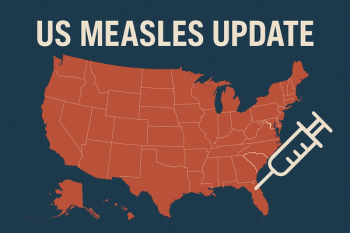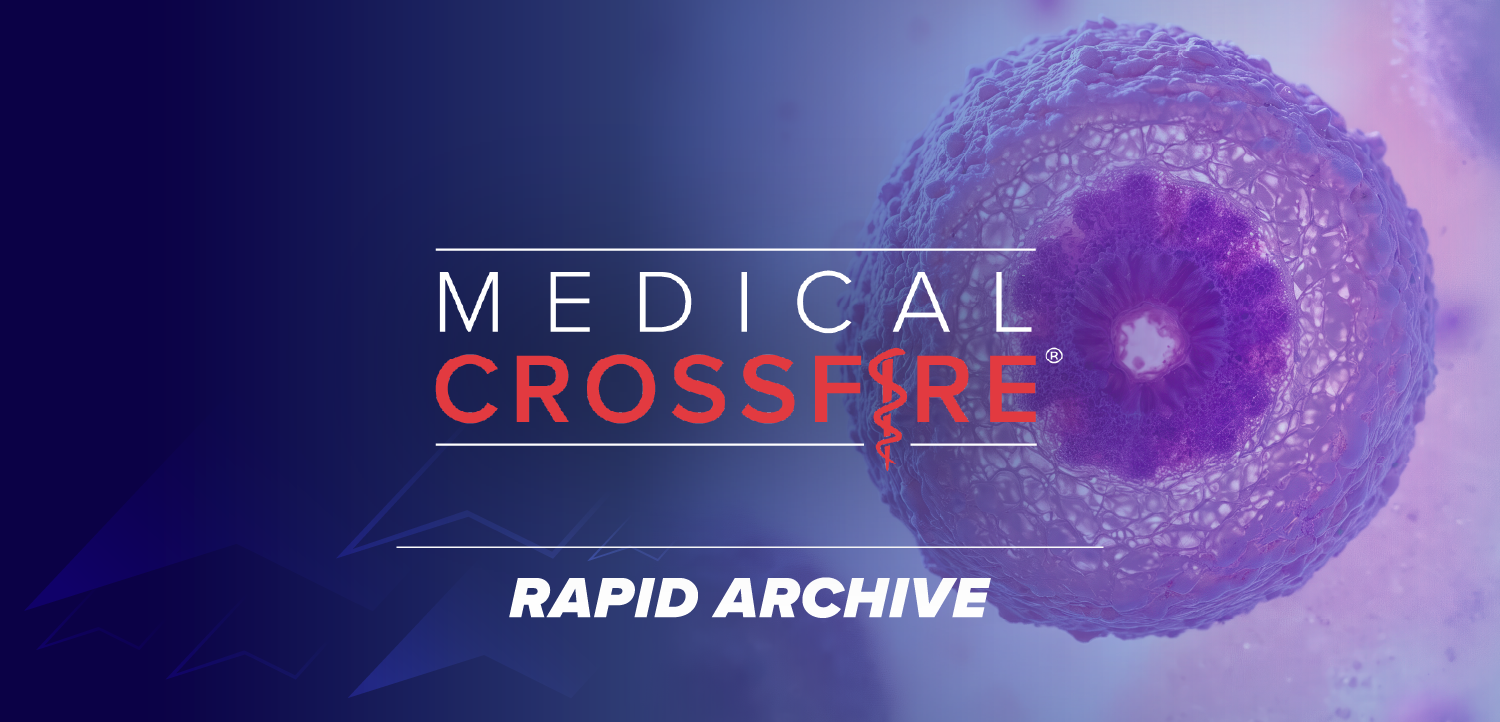
Cabotegravir and Rilpivirine Maintains Efficacy in FLAIR 96-Week Data
New Week 96 data from the FLAIR study indicate that once-monthly injections of cabotegravir and rilpivirine remains non-inferior and safe when compared with the daily, oral 3-drug regimen of ABC/DTG/3TC.
New Week 96 data from the FLAIR study indicate that once-monthly injections of cabotegravir and rilpivirine remains non-inferior and safe when compared with the daily, oral 3-drug regimen of abacavir/dolutegravir/lamivudine (ABC/DTG/3TC).
These findings were presented at the Conference on Retroviruses and Opportunistic Infections (
FLAIR is a phase 3, randomized, open-label, multicenter study assessing the intramuscular long-acting injectable cabotegravir and rilpivirine among virologically suppressed adults living with HIV, after 20 weeks of induction therapy with ABC/DTG/3TC.
At Week 96, the investigational regimen demonstrated non-inferiority to ABC/DTG/3TC, measured as the proportion of study participants with plasma HIV-1 RNA ≥ 50 copies per milliliter (cabotegravir + rilpivirine: 9/283 [3.2%], ABC/DTG/3TC: 9/283: [3.2%], adjusted difference: 0.0%, 95% CI: -2.9, 2.9).
The investigators also report that rates of virologic suppression (HIV-1 RNA <50 c/mL) at week 96 were similar between the 2 treatment groups. In total, 245 of the 283 (86.6%) individuals in the cabotegravir and rilpivirne group were virologically suppressed, compared with 253 of the 283 individuals in the ABC/DTG/3TC treatment group (adjusted difference: -2.8%. 95% CI: -8.2, 2.5).
Among individuals on the cabotegravir and rilpivirine regimen, there were no new confirmed virologic failures reported between Week 48 and Week 96. In the ABC/DTG/3TC group 1 individual developed confirmed virologic failure at Week 64, with no treatment-emergent resistance.
“Treatment with cabotegravir and rilpivirine was generally well-tolerated, with similar rates of severe adverse events (SAEs) (cabotegravir + rilpivirine: 24/283 [8.4%], ABC/DTG/3TC: 22/283 [7.8%]) and AEs leading to withdrawal (cabotegravir + rilpivirine: 12/283 [4.2%], ABC/DTG/3TC: 4/283 [1.4%]) between both treatment arms,” according to a
In the cabotegravir and rilpivirine group, 246 of 278 individuals (88%) reported an injection site reaction (ISR) at some point; however, of the total 12,552 injections only 3100 ISR events were reported. Additionally, nearly all ISRs (99.4%) were mild or moderate, with a median duration of 3 days, with the frequency of these events decreasing over time. In all, 6 participants (2.1%) withdrew for injection-related events.
At Week 48, it was reported than 90.8% of FLAIR participants preferred the long-acting regimen to their oral treatment and were highly satisfied with the injectable treatment. The investigators report that this continued through Week 96 with a statistically significant higher level of treatment satisfaction for cabotegravir rilipvirine compared with patients on daily oral ABC/DTG/3TC: mean difference of total scores (between group difference in adjusted mean change from baseline: 2.3 points, 95% CI (1.1, 3.5), p<0.001).
“Seeing the longer-term data is really exciting. It confirms that the long-acting, 2-drug regimen of cabotegravir and rilpivirine has maintained its efficacy and has the potential to be a generally well-tolerated alternative to the standard-of-care, daily, oral pill,” Chloe Orkin, MD, consultant physician and clinical professor at Queen Mary University of London, and principal investigator of the FLAIR study said in a statement. “For some people living with HIV, reducing their dosing schedules from 365 days per year to 12 may be a realistic option in the future.”
Newsletter
Stay ahead of emerging infectious disease threats with expert insights and breaking research. Subscribe now to get updates delivered straight to your inbox.























































































































































































































































































